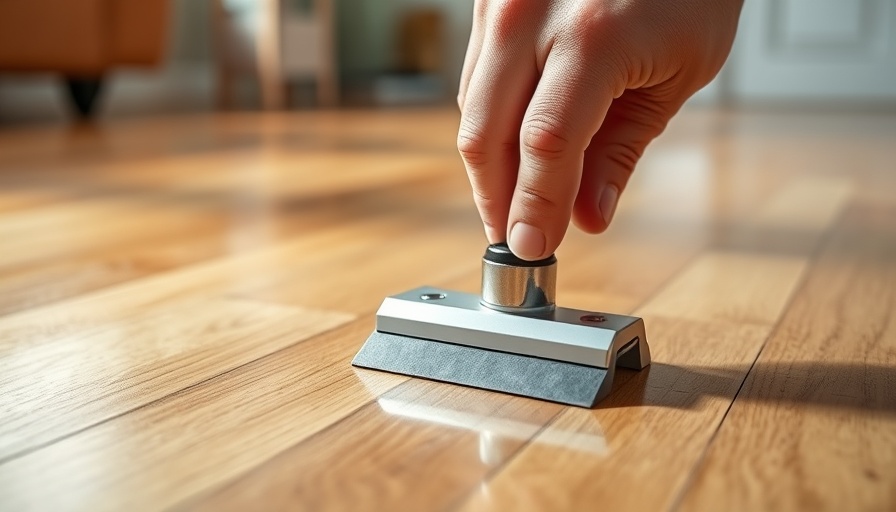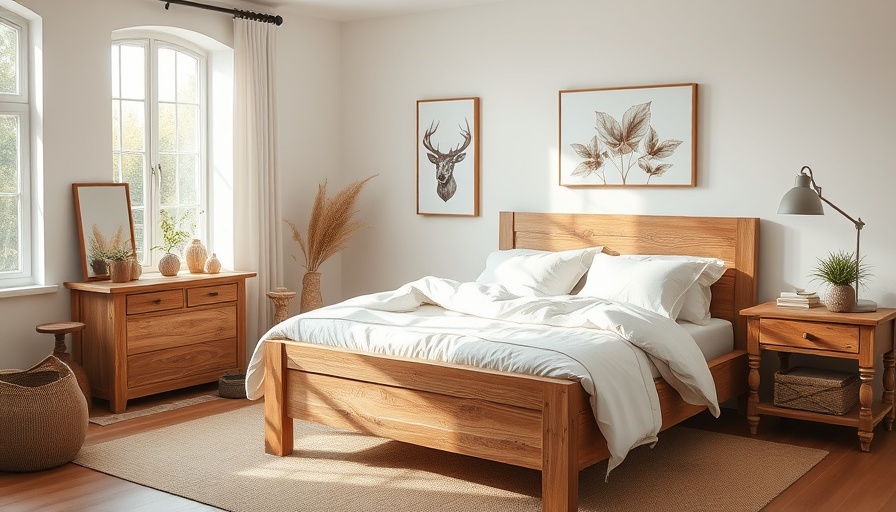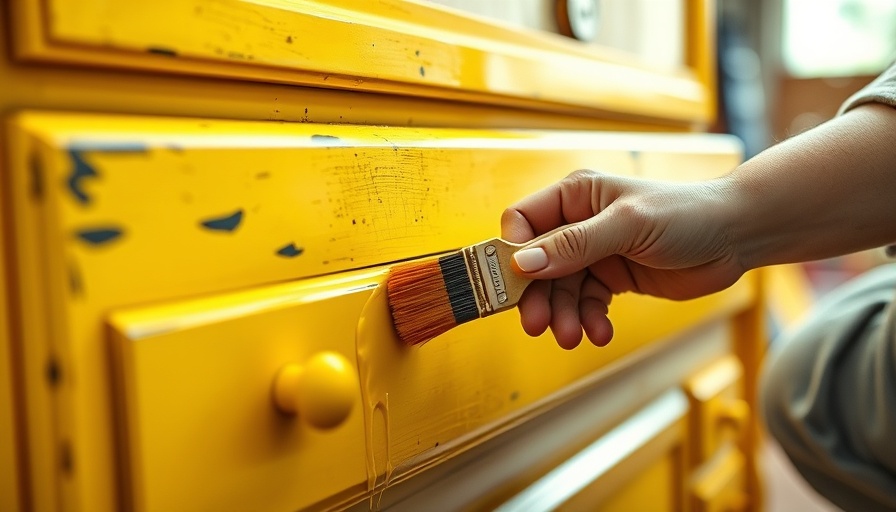
The Allure of Hardwood Floors: Why They Are a Top Choice
Hardwood floors undoubtedly elevate the aesthetic appeal of any home. Their natural beauty, timeless elegance, and durability have made them a favored choice among homeowners. Yet, as you embark on a home renovation project, it's crucial to understand the durability of hardwood flooring, especially regarding the potential for scratches over time. From oak to hickory, each species has its strengths and weaknesses, influencing the overall resilience of your flooring.
Understanding Hardwood Durability Through the Janka Hardness Scale
While choosing hardwood flooring, the Janka Hardness Scale is a key guide to assessing each wood species' durability. For instance, red oak boasts a rating of 1290, whereas maple shines with a rating of 1450. For those who need extra durability, Ipe, or Brazilian walnut, is exceptional with a rating exceeding 3500. Such measurements provide insights into how a floor will stand up to daily wear and tear, though real-world influences also play a significant role.
Common Factors Leading to Scratches on Hardwood Floors
Understanding what can scratch hardwood floors is essential for maintaining their pristine appearance. Some of the most common culprits include:
- Footwear: High heels or shoes with hard soles can leave marks on your floor's surface, especially in high-traffic areas.
- Furniture Movements: Dragging chairs or heavy objects across the floor can create visible scratches, making it vital to lift items instead of sliding them.
- Dirt and Debris: Fine dirt can act like sandpaper, scratching the finish as you walk over it. Regular sweeping is essential to prevent this.
Practical Tips for Keeping Hardwood Floors Scratch-Free
Maintaining the beauty of your hardwood floors requires diligence and proper care. Here are some practical tips to keep in mind:
- Regular Cleaning: Use a soft broom or vacuum regularly to remove dirt and debris that can cause scratches.
- Rug Placement: Place rugs in high-traffic areas and under furniture to reduce wear and protect your floors.
- Maintain Humidity: Keep humidity levels around 30-50% to prevent warping or other damages caused by excess moisture.
The Value of Refinishing: Restoring Hardwood Beauty
Even with the best maintenance, scratches might still occur. The good news is many hardwood floors can be refinished, restoring them to their original luster. Refinishing involves sanding down the top layer of wood and applying a new finish, allowing homeowners to tackle wear and tear without replacing the entire floor. This process not only enhances the floor's lifespan but also provides an opportunity to change the tone or color if desired.
Factors to Consider Before Installation
Before jumping into installation, consider the following:
- Traffic Level: If your home sees a lot of traffic, opt for a harder wood species like hickory or oak.
- Finish Type: Some finishes are more prone to visible scratches, so choosing a matte or satin finish might be a wise decision.
- Environmental Considerations: Installing in a moisture-rich area? Choose woods that have better moisture resistance.
Conclusion: A Durable Investment for Your Home
Ultimately, hardwood floors remain a durable and attractive choice for homeowners looking to enhance their living spaces. Understanding the characteristics of different wood species, their resistance to scratches, and the best maintenance practices will ensure your floors retain their beauty for years to come. By taking proactive steps, you can enjoy the warmth and elegance of hardwood floors while minimizing the wear and tear they endure.
If you are considering upgrading your flooring, remember that your selection now can set the stage for satisfaction in the long run. Choose wisely!
 Add Row
Add Row  Add
Add 




Write A Comment